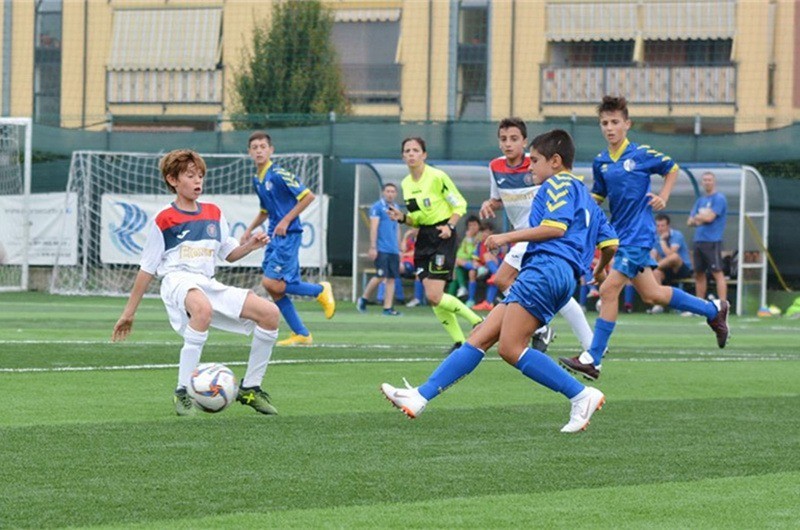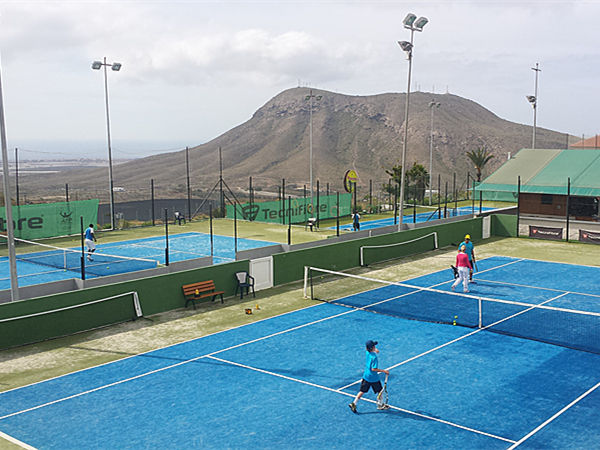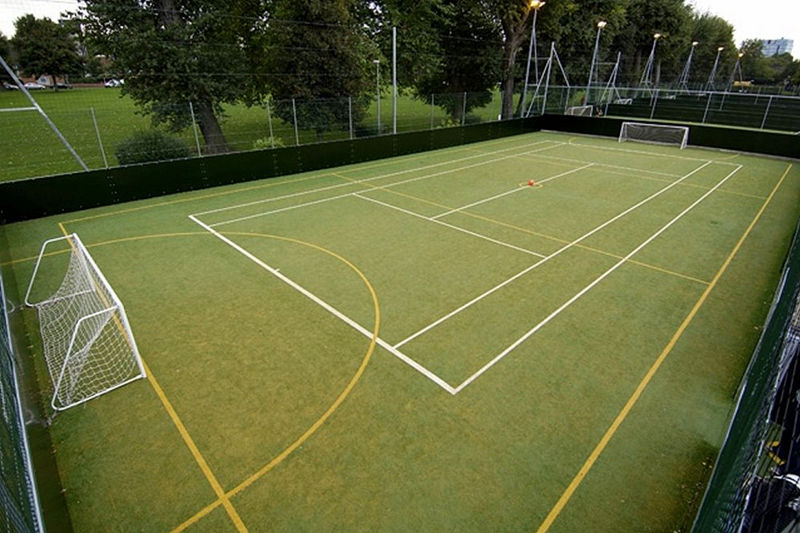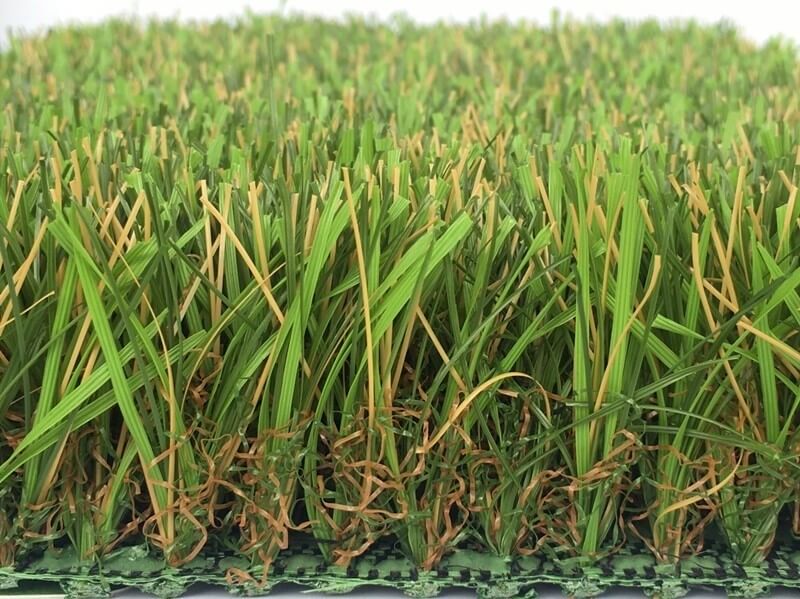Artificial grass, a remarkable invention that has transformed landscapes and recreational spaces worldwide, has a rich history that spans centuries. In this comprehensive article, we will take you on a journey through time, exploring the origins, milestones, and significant advancements in the development of artificial grass. Discover the remarkable story behind this innovative creation and how it has shaped outdoor environments throughout history.
Table of Contents
- 1. Ancient Beginnings: The Birth of Synthetic Surfaces
- 2. Mid-20th Century: The Era of Synthetic Turf Emerges
- 3. Technological Milestones: Enhancing Realism and Performance
- 4. Environmental Awareness: Sustainability Takes Center Stage
- 5. Diverse Applications: From Sports Fields to Residential Oases
- 6. Ongoing Innovations: Paving the Way for the Future
1. Ancient Beginnings: The Birth of Synthetic Surfaces
Contrary to popular belief, the concept of artificial grass can be traced back to ancient civilizations. Millennia ago, early societies employed inventive methods to mimic the beauty and functionality of natural grass. Ancient Egyptians, for instance, used woven reeds and palm fronds to create rudimentary surfaces resembling grass, enabling them to enjoy recreational activities and create lush outdoor spaces.
2. Mid-20th Century: The Era of Synthetic Turf Emerges
The modern era of artificial grass dawned in the mid-20th century, fueled by advancements in materials and technology. The 1960s marked a significant turning point when the Houston Astrodome, the world’s first fully enclosed sports stadium, required an all-weather playing surface. This led to the development of the first commercially successful synthetic turf, known as “AstroTurf.” Its introduction revolutionized the sports industry and set the stage for further innovation.
3. Technological Milestones: Enhancing Realism and Performance
In subsequent decades, artificial grass underwent remarkable transformations, thanks to continuous technological advancements. Innovations focused on improving the durability, appearance, and playability of synthetic turf. Various milestones were achieved, including the introduction of longer and softer fibers, enhanced drainage systems, and infill materials that provided better shock absorption and improved ball response. These advancements helped replicate the look and feel of natural grass more convincingly.
4. Environmental Awareness: Sustainability Takes Center Stage
As environmental awareness grew, the artificial grass industry responded by developing eco-friendly solutions. Water scarcity concerns and the desire for sustainable landscapes prompted the creation of water-efficient synthetic turf options. These new varieties required minimal irrigation, reducing water consumption and contributing to water conservation efforts. Additionally, the elimination of pesticides and fertilizers in maintenance practices improved environmental health and safety.
5. Diverse Applications: From Sports Fields to Residential Oases
Artificial grass, initially designed for sports fields, expanded its reach into diverse applications. Beyond professional arenas, synthetic turf found its way into residential lawns, commercial landscapes, schools, playgrounds, golf courses, and even rooftop gardens. Its versatility, low maintenance requirements, and ability to withstand heavy foot traffic made it a popular choice for enhancing outdoor spaces across different sectors.
6. Ongoing Innovations: Paving the Way for the Future
The artificial grass industry remains at the forefront of innovation, continually pushing boundaries to meet evolving needs. Manufacturers are investing in research and development to create cutting-edge products that combine durability, realism, and sustainability. Advanced technologies, such as artificial intelligence, are being employed to optimize performance and create an even more natural-looking and resilient surface.
Conclusion:
The history of artificial grass showcases the remarkable journey from ancient civilizations’ inventive recreations to the modern-day technological marvels we witness today. Synthetic turf has transformed landscapes, revolutionized sports, and offered sustainable solutions for outdoor spaces worldwide. As an artificial grass factory, we take pride in our role in this rich history, providing high-quality products that embody the culmination of centuries of innovation. We are committed to driving future advancements, delivering exceptional artificial grass solutions that enhance the beauty, functionality, and sustainability of landscapes across the globe.




